Medieval Education
The medieval period in Occidental history was a thousand years expanse of time that extended from the collapse of the Roman Empire to the early attempts at modernization in the Renaissance. Educated as well as ignorant people were guided by a theocentric world view. The basic educational institutions were conducted under the protective auspices of the Roman Church. Chantry, parish, monastic, and cathedral schools were sustained by religious people and communities. Learning itself became identified with the canonical and the clerical modes of life. Even the more secular guild and chivalric forms of education were affected by the pervading religious orientation of the Middle Ages.
The influence of the expanse of the Roman Empire is recognized in the mode of education prevalent during the Middle Ages. Father were responsbile for finding aiding their sons in finding a vocation in order to find a means to contribute to society. Mothers were to direct their daughters primarily in domestic education, and were the first teachers of both children of both genders prior to schooling. Religious doctrine and morality dominated education and instruction from the 10th century onwards. Reading and song were recognised as a preliminary stage for learning Latin grammar, and this is illustrated in the excerpt from the Canterbury Tales: 'The Prioress's Tale.' Song schools were the elementary schools of the Middle Ages. The alphabet, or ABCs were often sung. This is a method of memorization or pneumonic device that had been passed down from more ancient times.
Image/teacher & students-corporal punish.
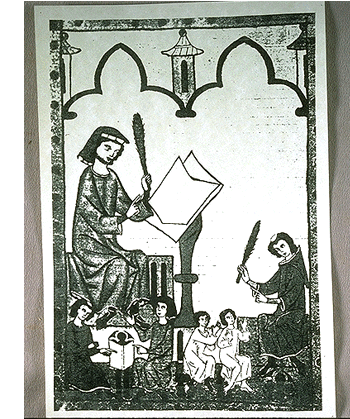
"Clerk of Oxford," Canterbury Tales

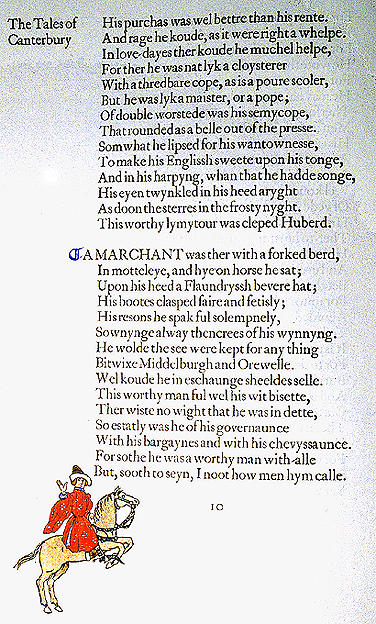
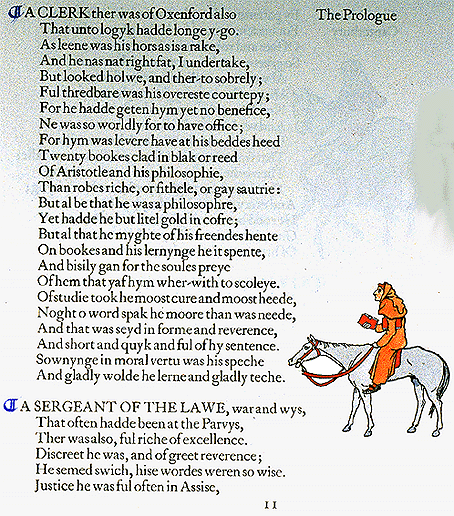
Figure 2. Pollard, Alfred W., ed. The works of Geoffrey Chaucer. Excerpt from The Canterbury Tales: Prologue, "The Clerk's Tale." [Stratford-upon-Avon, Printed at the Shakespeare Head Press, and published for the press by B. Blackwell, Oxford, 1928].
Opus de Nuptiis Philologiae et Mercurii
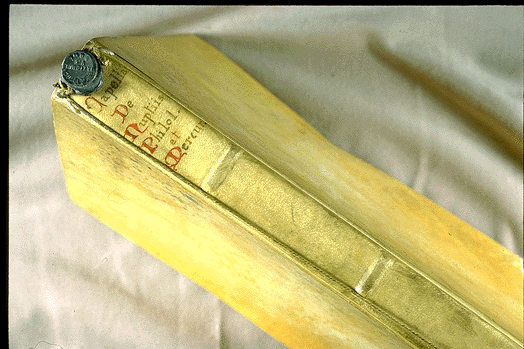
Figure 3. Martianus Capella, or, Marcian (fl. 5th century). Opus de Nuptiis Philologiae et Mercurii, or, Concerning the Marriage of Philology and Mercury. [Venice, Henricus de Sancto Urso, 1499].
Martianus Capella was a Latin author from North Africa. He is well-known as the author of the allegorical work on the seven liberal arts, Concerning the Marriage of Mercury and Philology, mentioned in Chaucer's 'House of Fame' and 'The Merchant's Tale.' The seven liberal arts lay out the a traditional secular curriculum rooted in Plato's Republic and Aristotle's Politics. Divided into two groups called the "trivium" (grammar, logic or dialectic, and rhetoric) and the "quadrivium" (arithmetic, geometry, astronomy, and music) they are personnified by Capella, and widely reproduced in both verbal and visual form, especially in Renaissance painting. Often the liberal arts appear coupled with Minerva, the goddess of wisdom, and patron of the arts and sciences, or they appear in tandem with the seven virtues.
Medieval woodcut/teacher in classroom
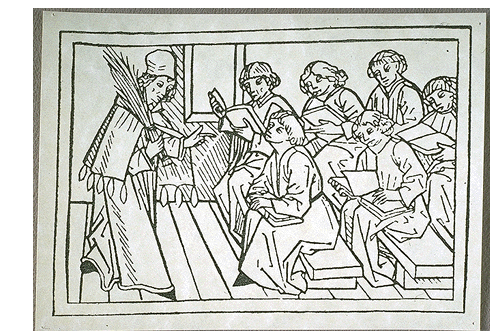
Carmina Burana

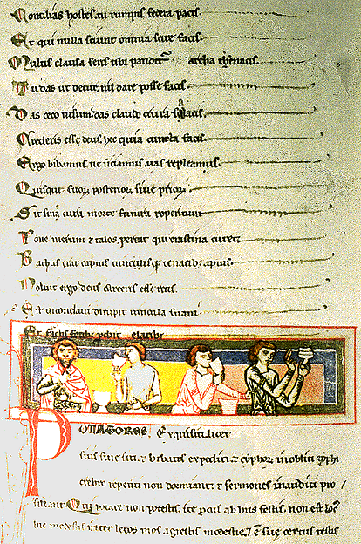
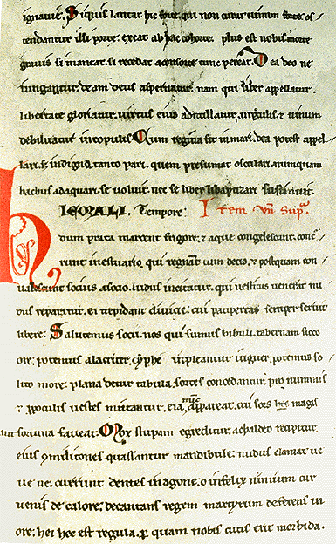
"The Poor Scholar." Selections from the Carmina Burana: A Verse Translation. David Parlett, ed. [London, Penguin Books, 1986].
CB129 Poor Scholar
Exul ego clericus
ad laborem natus....
I, a scholar far from home,
born of poor relations,
suffer every single day
poverty's privations.
Literature and learning crave
all of my endeavour--
only penury impels
me from them to sever.
My poor cloak, so very thin,
fails to keep the cold out:
drained of warmth, against the wind
I can hardly hold out.
Even at church services
I begin regressing
long before the closing hymn
and the final blessing.
Venerable Lord (What's-his-name),
you're a famed patrician:
won't you grant me something, pray,
suiting your position?
May St. Martin's deed inspire:
bear in mind what he did:
draped upon a pilgrim's back
something warmly needed.
So to heaven's kingdom may
God Himself invite you,
and with beatific joys
evermore requite you.
Figure 5.Carmina Burana. Faksimile-Ausgabe der Hanschrift der Carmina Burana und der Fragmenta Burana, Clm. 4660 and 4660a, der Bayerischen Staatsbibliothek in Munchen. [Munchen, Prestel Verlag, 1967].
The Carmina Burana is comprised of 'goliardic verse', or light verse, written in Latin during the twelfth and thirteenth centuries in Germany, France, and England by university students, wandering clerics, minstrels, and "jongleurs", or jugglers and montebanks. The verse is of two types: satirical verse defying civil and ecclesiastical authority, and gay hedonistic celebratory revelries about nature, sex, and drinking. Representations of students in the tavern and the dangerous lure of card games and dice away from the caged cloister of academic pursuits, and the conflict between working indoors at the books, and the pull of springtime and the lure of vacation are themes that continue throughout the twentieth century in verse about students and schools.
"Prioress’s Tale," Kelmscott Chaucer

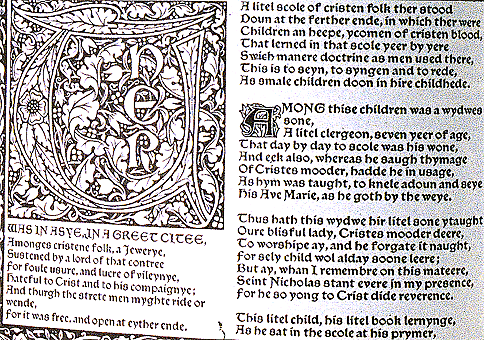

Figure 6. Chaucer, Geoffrey. The works of Geoffrey Chaucer: A facsimile of the William Morris Kelmscott Chaucer with the original 87 illustrations by Edward Burne-Jones, together with an introduction by John T. Winterich, and a glossary for the modern reader. Excerpt from the Canterbury Tales "The Prioress's Tale." [Cleveland, World Publishing Company, 1958].
'The Prioress's Tale', from the Canterbury Tales (1387-1400). After an invocation to the Virgin Mary the Prioress recites the story of a seven-year old schoolboy who learns a hymn in honor of Mary and sings it on his way through the Jewish ghetto to school. According to the story, Satan inspires the Jews to cut his throat and cast him in a pit, but Christ and Mary take pity on his anxious mother, and the child miraculously learns to sing again, so that his body is found, and the murderers are hanged.
Reading and song were preliminary steps on the way to learning Latin grammar, represented by the seven-year old grammar student in a Christian school, described in the verse illuminating this tale. Reading and music were often studied in the same school, though at Winchester from the beginning of the fifteenth century, and at Eton from 1447, scholars were required to have completed their studies in reading, song, and basic grammar prior to entry.
The principal purpose of the song schools of the later Middle Ages whether connected to the cathedral, parish church, or chantry college, was to instruct boys in plainsong, and to fill the church choruses. Such skills were deemed essential in the vocational training of clergy, and were considered a requirement for fulfillment of the daily tasks of this divine office.
Juvenal, Satire VII "The Hope and Encouragement of all the Learn’d"
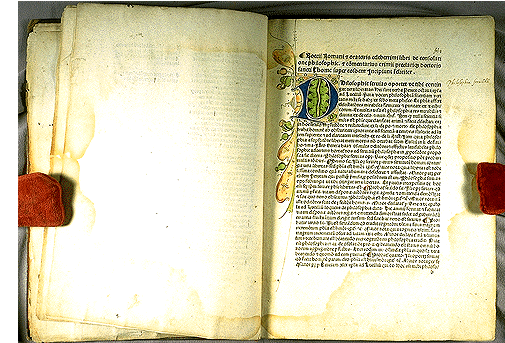
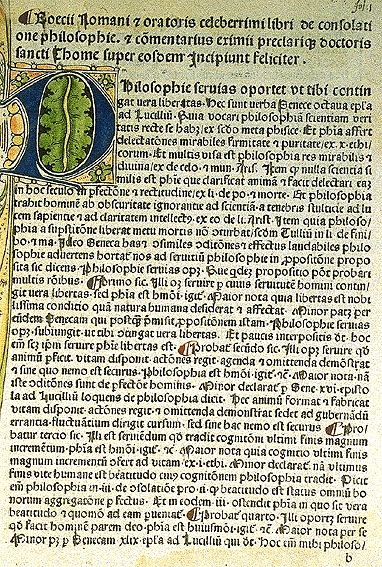
Figure 7. Boethius. De consolatione philosophiae, c. 524. [Louvain, Johannes de Westfalia, 1484].
Written while Boethius was in prison, this philosophical work represents a dialogue between the author and Lady Philosophy. Alternating between prose and verse it is a modified form of Neoplatonism and Stoicism, carrying a message that Ultimate good and fortune are found in God and study.
De Consolatione Philosophiae, Boethius
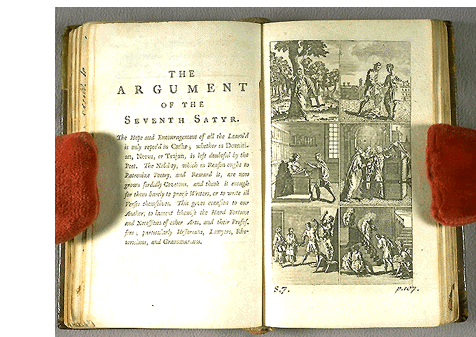
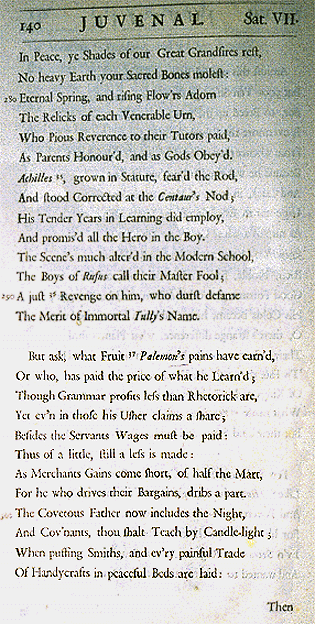
Figure 7. Boethius. De consolatione philosophiae, c. 524. [Louvain, Johannes de Westfalia, 1484].
Written while Boethius was in prison, this philosophical work represents a dialogue between the author and Lady Philosophy. Alternating between prose and verse it is a modified form of Neoplatonism and Stoicism, carrying a message that Ultimate good and fortune are found in God and study.